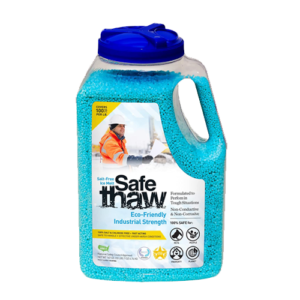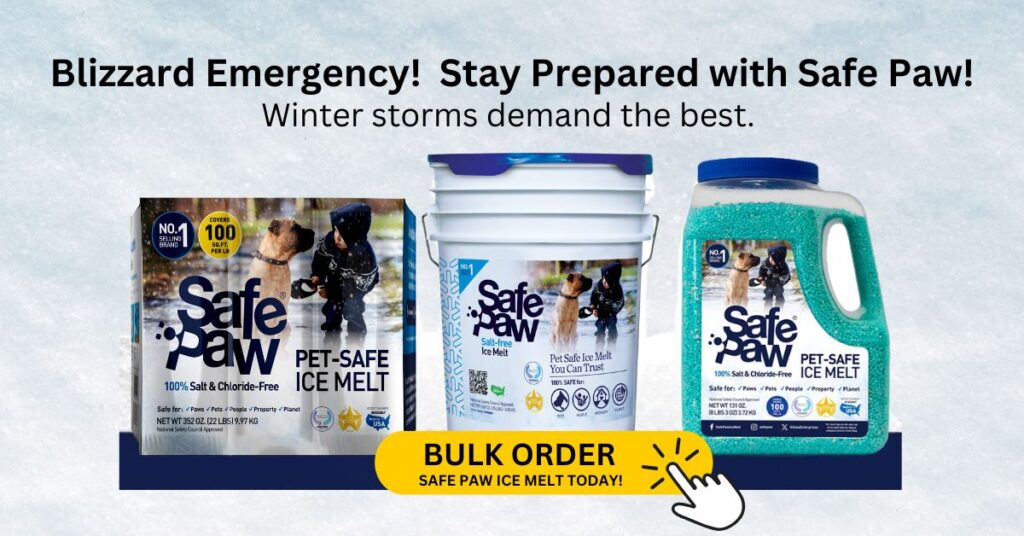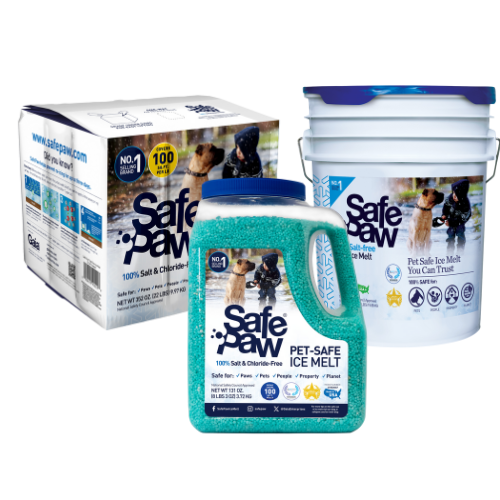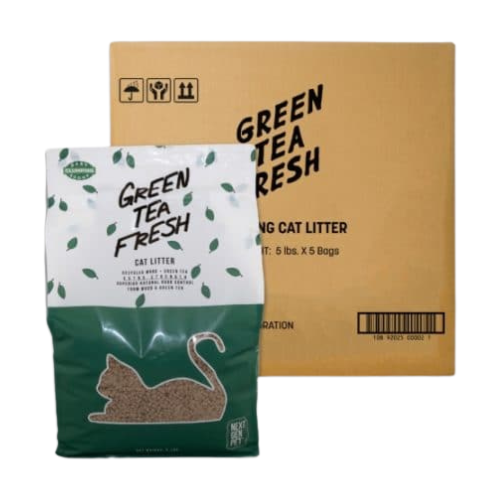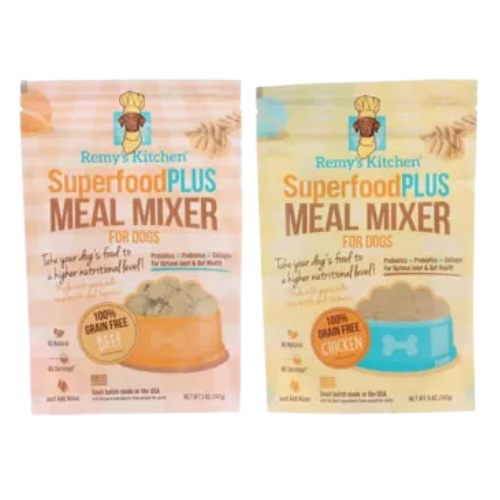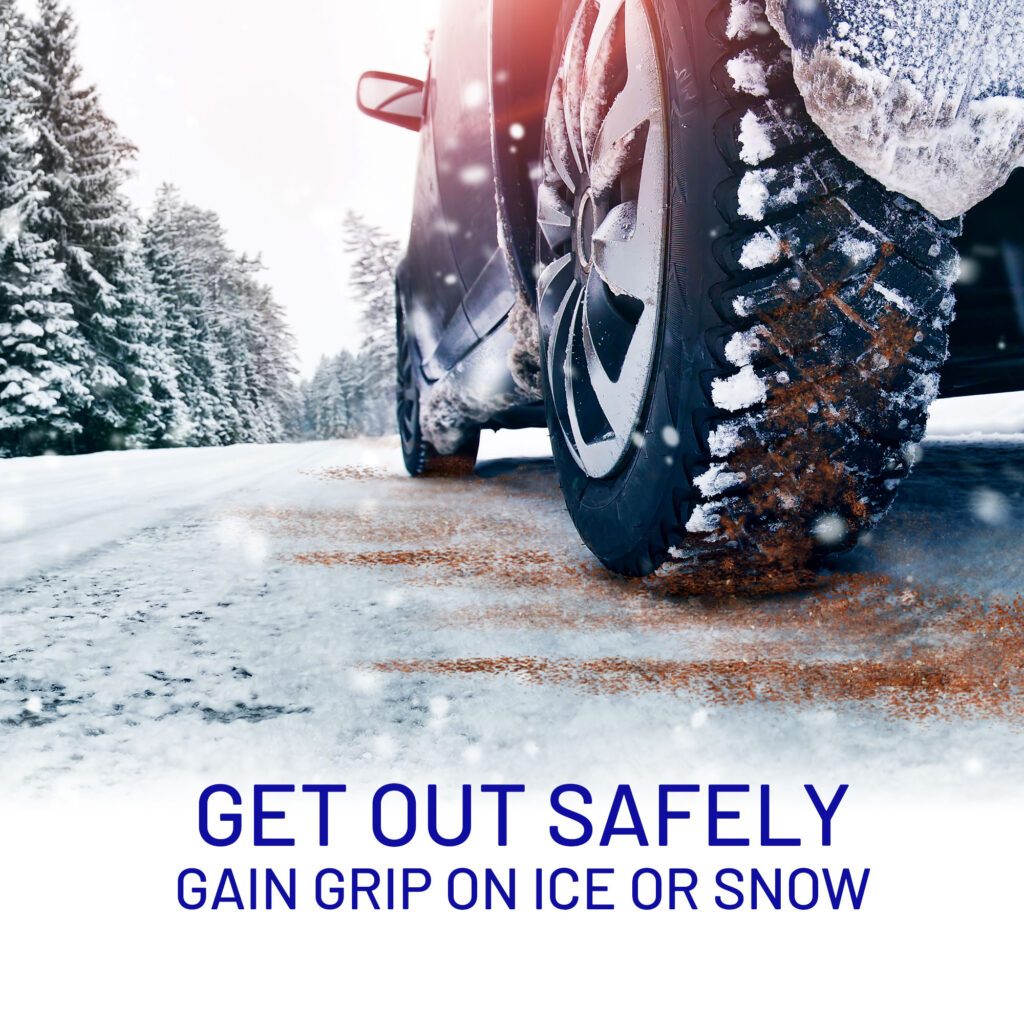February 3, 2025: Winter Storm Alert and Essential Pet Safety Tips
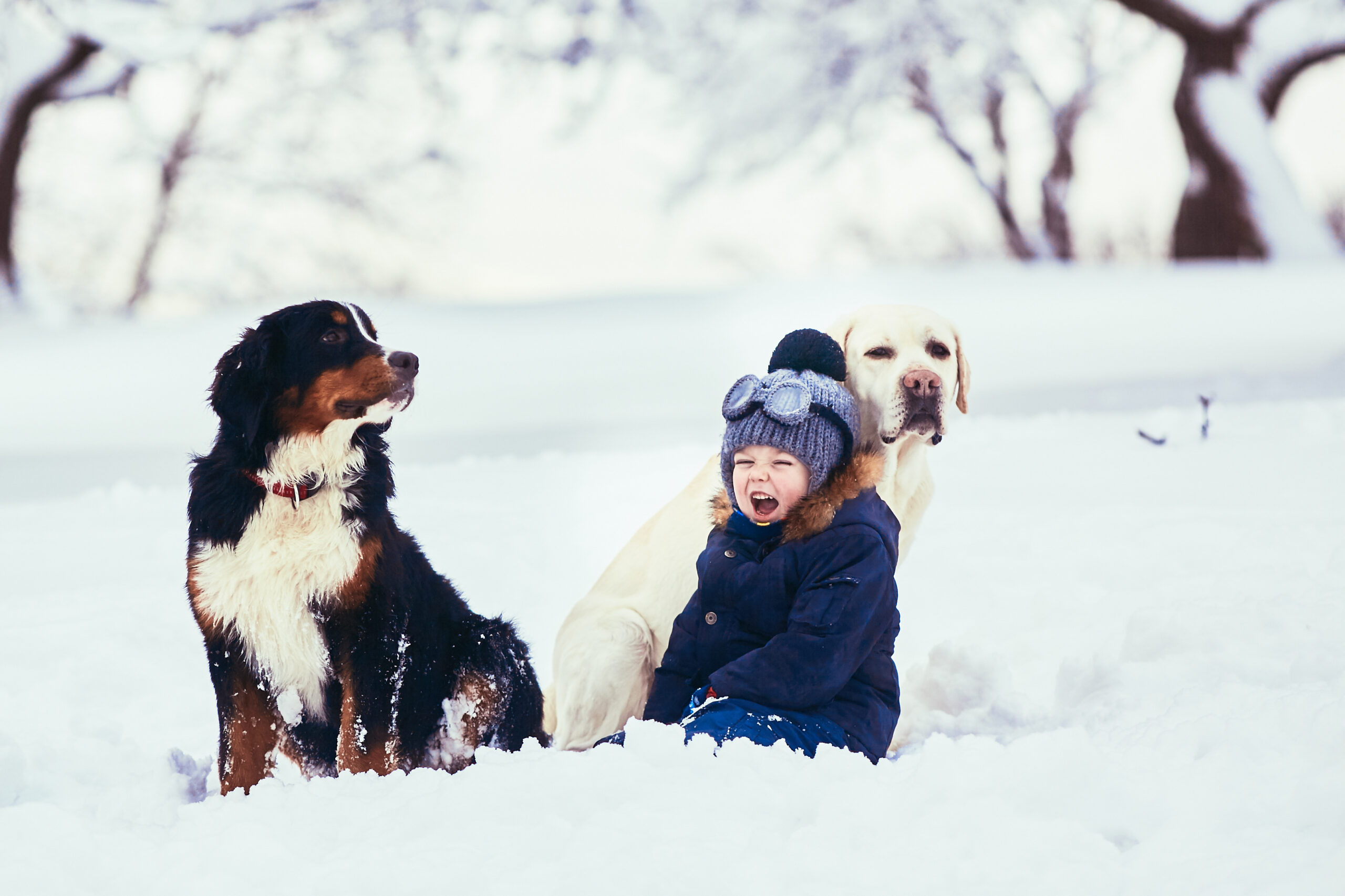
As of February 3, 2025, a substantial winter storm continues to impact various regions across the United States, bringing heavy snowfall to the Pacific Northwest, Northern Plains, and the Northeast. Concurrently, rain is affecting the West Coast and parts of the Southeast. In these challenging conditions, it’s crucial for pet owners to take proactive measures to ensure the safety and well-being of their animal companions.
Regions Affected:
- Pacific Northwest: Washington, Oregon, and Idaho are experiencing significant snowfall, leading to hazardous travel conditions and potential disruptions in daily activities.
- Northern Plains: Montana, Wyoming, North Dakota, South Dakota, and Minnesota are facing heavy snow accompanied by strong winds, resulting in blizzard-like conditions in certain areas.
- Northeast: States including New York, Pennsylvania, Vermont, New Hampshire, and Maine are under substantial snowfall, with accumulations expected to disrupt transportation and pose challenges for residents.
Pet Safe Ice Melt
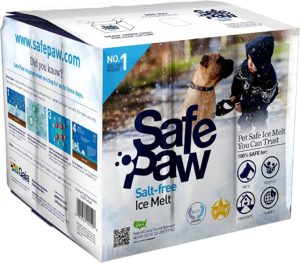
Pet Friendly Ice Melt – Safe Paw!
The Original and the #1 Child and Pet Safe Ice Melt for over 20 years. Guaranteed environmentally safe – will not harm waterways and sensitive wetlands.
Current Weather Conditions:
- Seattle, WA: Cloudy with temperatures around 42°F (5°C). Intermittent rain and snow showers are expected, contributing to slick roadways.
- Portland, OR: Similar conditions prevail, with low clouds and occasional rain or snow showers, and temperatures near 39°F (4°C).
- Boise, ID: Anticipating a mix of rain and snow showers, with temperatures around 41°F (5°C), leading to potentially hazardous driving conditions.
- Billings, MT: Experiencing much colder temperatures, with periods of snow and a high of 8°F (-14°C), necessitating caution for residents.
- Minneapolis, MN: Much colder conditions with snow and flurries at times in the morning, then a blend of sun and clouds in the afternoon, with a high of 21°F (-6°C).
- Albany, NY: Cloudy, breezy, and milder conditions, with a high of 46°F (8°C), though residents should remain vigilant for changing weather patterns.
Ensuring Pet Safety During Winter Storms:
As winter storms present numerous hazards, it’s essential for pet owners to implement safety measures to protect their animals:
- Keep Pets Indoors:
- Cats and dogs should be kept inside during extreme weather conditions. Even short-haired or thick-coated breeds can suffer from frostbite and hypothermia. Limit outdoor time to brief bathroom breaks, and always supervise them during these outings.
- Provide Adequate Shelter:
- If pets must remain outdoors, ensure they have access to a warm, dry, and draft-free shelter. The shelter should be elevated off the ground, insulated with straw or blankets, and have a flap over the entrance to keep out wind and snow.
- Protect Paws from Cold and Chemicals:
- Snow, ice, and de-icing chemicals can harm your pet’s paws. After walks, wipe their paws with a damp cloth to remove any ice or chemical residues. Consider using pet-safe ice melts, such as Safe Paw, to minimize exposure to harmful substances.
- Dress for Warmth:
- Short-haired or small breed dogs may benefit from a sweater or coat during walks. Ensure the clothing is dry and fits properly, covering from the neck to the base of the tail and the belly.
- Monitor for Signs of Cold Stress:
- Watch for signs that your pet is too cold, such as shivering, whining, anxiety, or slowing down during walks. If you observe these signs, bring them indoors immediately.
- Provide Extra Food and Water:
- Pets burn more energy in cold weather to stay warm. Providing a little extra food can supply the necessary calories. Ensure they have access to fresh, unfrozen water to prevent dehydration.
- Avoid Antifreeze and Chemical Hazards:
- Antifreeze is highly toxic to pets but has a sweet taste that may attract them. Clean up any spills immediately and store chemicals out of reach. Consider using pet-safe products to minimize risks.
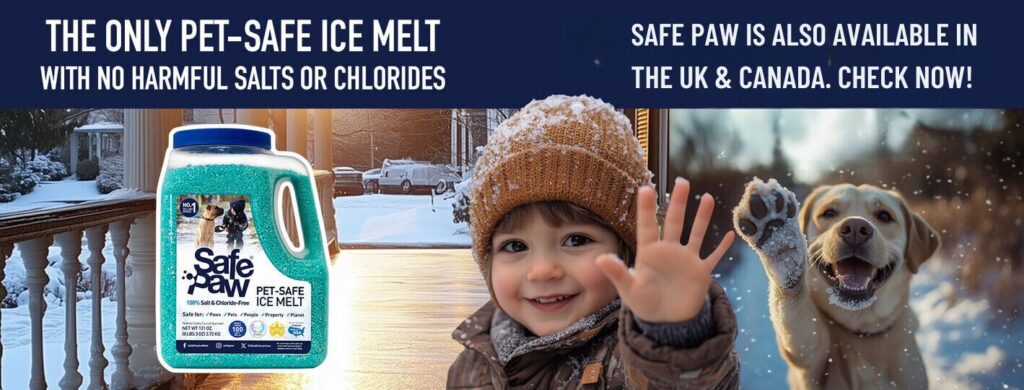
The Role of Safe Paw in Pet Safety:
Traditional ice-melting products often contain salts and chemicals that can be harmful to pets, causing skin irritation or gastrointestinal issues if ingested. Safe Paw is a pet-friendly ice melt that is free from salts and chlorides, making it a safer alternative for households with animals. Its non-toxic formula ensures that pets are not exposed to harmful substances, providing peace of mind during the winter months.
Pet Safe Ice Melt – Safe Paw
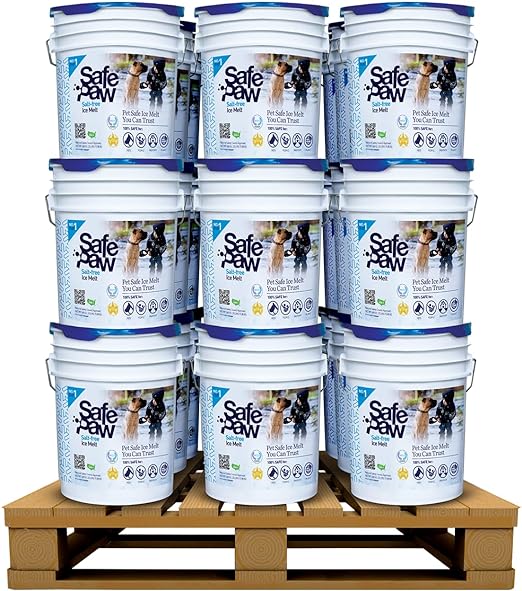
Safe Paw, Child Plant Dog Paw & Pet Safe Ice Melt -35lb, 36 Pails

Safe Paw, Child Plant Dog Paw & Pet Safe Ice Melt -22lb, 100Bboxes
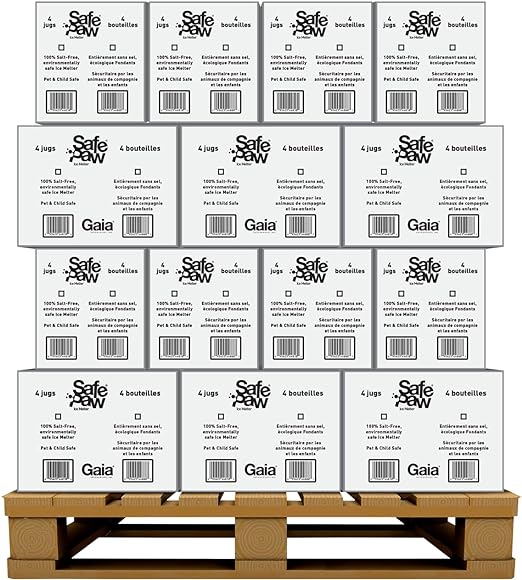
Safe Paw, Child Plant Dog Paw Pet Safe Ice Melt, 160 Jugs
Pet Products Powered By EzPz.pet
Conclusion:
As the winter storm continues to affect multiple regions across the United States, pet owners must remain vigilant and proactive in safeguarding their animals. By following the outlined precautions and utilizing pet-safe products like Safe Paw, you can ensure your pets remain safe, healthy, and comfortable during severe winter conditions.
Gaia Enterprises Inc. delivers 100% pet-safe and environmentally friendly winter products. Safe Paw, our flagship product, is the #1 selling pet-safe ice melt that does not harm pets, safe if ingested, and safe on all types of concrete.
FAQs
Stay safe and confident this winter with Traction Magic!
This innovative, 100% natural product offers instant traction on any icy surface. Whether you’re navigating your sidewalk, steps, or driveway, Traction Magic helps you stay upright and prevents falls.
Other Ice Melt Products
Walk On Ice
Prevent slips at home, work or on the go, The handy disposable canister can be taken everywhere, with the same 100% naturally occurring minerals that provide instant traction on ice or snow.
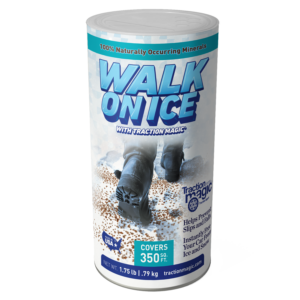
Safe Thaw
Imagine an ice melt you can put down and never worry about. It won’t harm pets, kids and your property. That’s Safe Thaw. Unlike anything else on the market, Safe Thaw can change how winter affects our planet.
